Sourcing the right product can feel like a risk. Poor quality hurts your brand and profits. I will show you how to choose bottles that impress customers and build trust.
The best insulated water bottles have five key features. They use food-grade 304 stainless steel, have effective double-wall vacuum insulation, and a leak-proof, BPA-free lid. They also feature a durable exterior finish and come with verifiable quality and safety certifications.
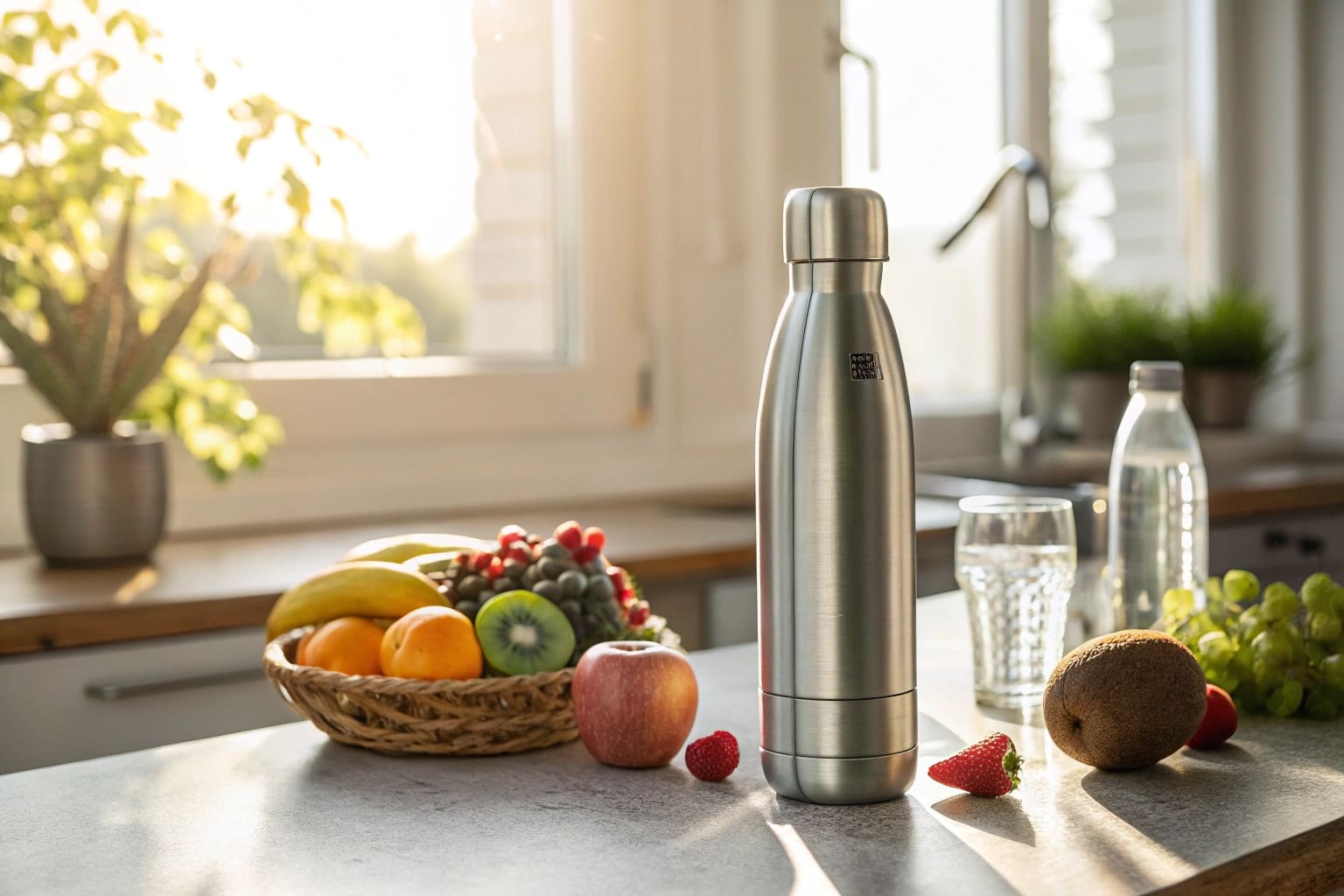
Now you know the basics of what to look for. But as a business owner or procurement officer, you need to know more than just the basics. You need to understand the details to protect your investment and your brand's reputation. Let's dive deeper into each of these areas. This knowledge will help you sort the premium products from the poor ones and make you a much smarter buyer.
What are the Characteristics of a Good Water Bottle?
Are you tired of supplier claims that sound too good to be true? It's tough to tell what's real. Let me show you the essential characteristics you can't ignore.
A truly good water bottle is a package deal. It combines safe materials, top-tier insulation, a smart design, and toughness. This means using 18/8 stainless steel, a vacuum-sealed double wall, a secure leak-proof lid, and an exterior that doesn't easily chip or scratch.
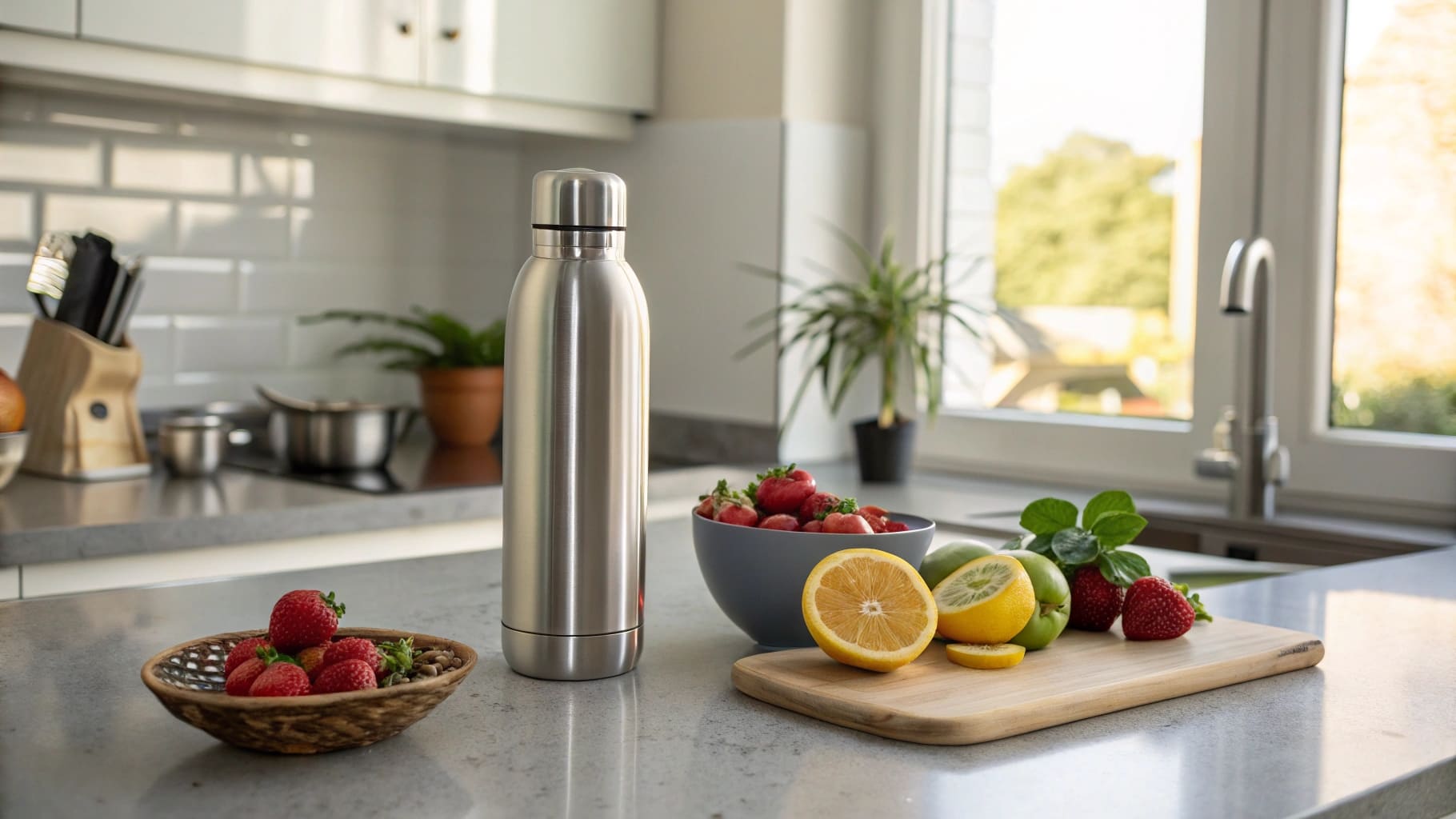
Beyond the Basics: What Defines Excellence
When I work with clients like Mark from Canada, they know a good bottle is more than just its ability to hold water. It’s about the total user experience, which directly reflects on their brand. Excellence comes from how all the parts work together. The body might be perfect 304 steel, but if the lid leaks, the bottle is a failure. If the insulation is great but the bottle is awkward to hold, customers won't like it.
We must also think about practical design details.
- Mouth Opening: Is it wide enough for ice cubes and easy cleaning, but not so wide that it's hard to drink from?
- Ergonomics: How does the bottle feel in your hand? Is it easy to carry?
- Cleanability: Are there complex parts in the lid that are hard to clean and could trap bacteria? Simpler is often better.
Here’s a simple way to think about it when you're sourcing:
| Feature Category | Must-Have Characteristics | Nice-to-Have Features |
|---|---|---|
| Material | 18/8 (304) Stainless Steel, BPA-Free Lid | Food-grade silicone seals |
| Performance | Double-Wall Vacuum Insulation, Leak-Proof Seal | Copper lining for extra insulation |
| Design | Durable Exterior (e.g., Powder Coat) | Ergonomic shape, carry handle |
| Usability | Easy to clean, Fits in standard cup holders | Multiple lid options (straw, spout) |
How Can You Tell the Quality of a Water Bottle?
Do you worry about getting a shipment of bad products? One poor-quality batch can destroy your reputation. I'll teach you simple ways to spot a great bottle from a cheap copy.
You can tell the quality by checking the material, weight, and finish. A premium bottle feels solid, not flimsy. Look for seamless welds inside and a perfect, even coating outside. Also, check for a "304" or "18/8" stamp, and test the insulation yourself.
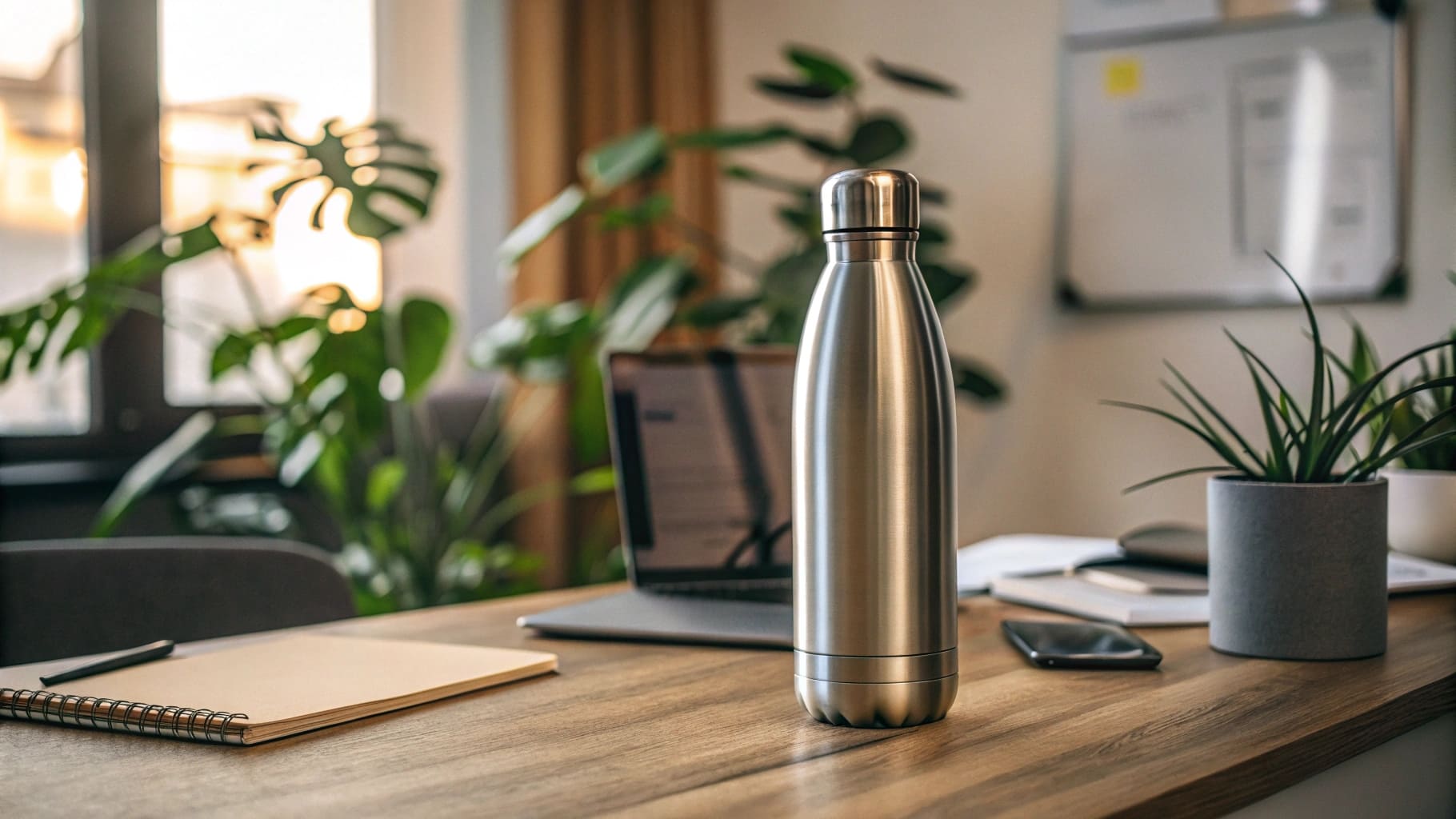
Simple Tests for Quality Assurance
You don't need a high-tech lab to do a basic quality check. When I send samples, I expect my clients to test them. In fact, I encourage it. It builds trust. Here are a few practical tests you can perform as soon as you receive a sample.
One of the easiest is the Hot Water Test for vacuum insulation.
- Fill the bottle with boiling water.
- Screw the lid on tightly.
- Wait about 5-10 minutes.
- Run your hand along the outside of the bottle.
A high-quality vacuum-insulated bottle will remain cool to the touch. If you feel any hot spots or if the entire bottle becomes warm, the vacuum seal is broken or was never there. This means heat is escaping, and the bottle won't insulate properly.
Next, do a Visual and Physical Inspection.
- Welds: Look inside the bottle. A well-made bottle has a smooth, almost invisible weld line. A cheap one might have a rough or obvious seam.
- Finish: Look at the powder coating or paint. Is it even? Are there any bubbles, drips, or thin spots? Rub it firmly. A good coating won't flake off.
- Lid Threads: Screw and unscrew the lid several times. It should turn smoothly without catching. If it feels gritty or tight, the manufacturing tolerance is poor, and it may leak.
I once had a potential client who almost signed a deal with another factory. He did these simple tests on their sample and found the bottle became warm immediately. He avoided a huge loss. These simple checks are your first line of defense.
What is the Best Material to Insulate a Water Bottle?
Are you confused by all the technical terms for materials? Using the wrong one means your bottles fail to keep drinks hot or cold. Let's get straight to what really works.
The best "material" for insulation is actually the absence of material: a vacuum. Premium bottles use a double wall of 18/8 stainless steel. The air between the walls is pumped out, creating a vacuum. This structure is what stops heat from moving.
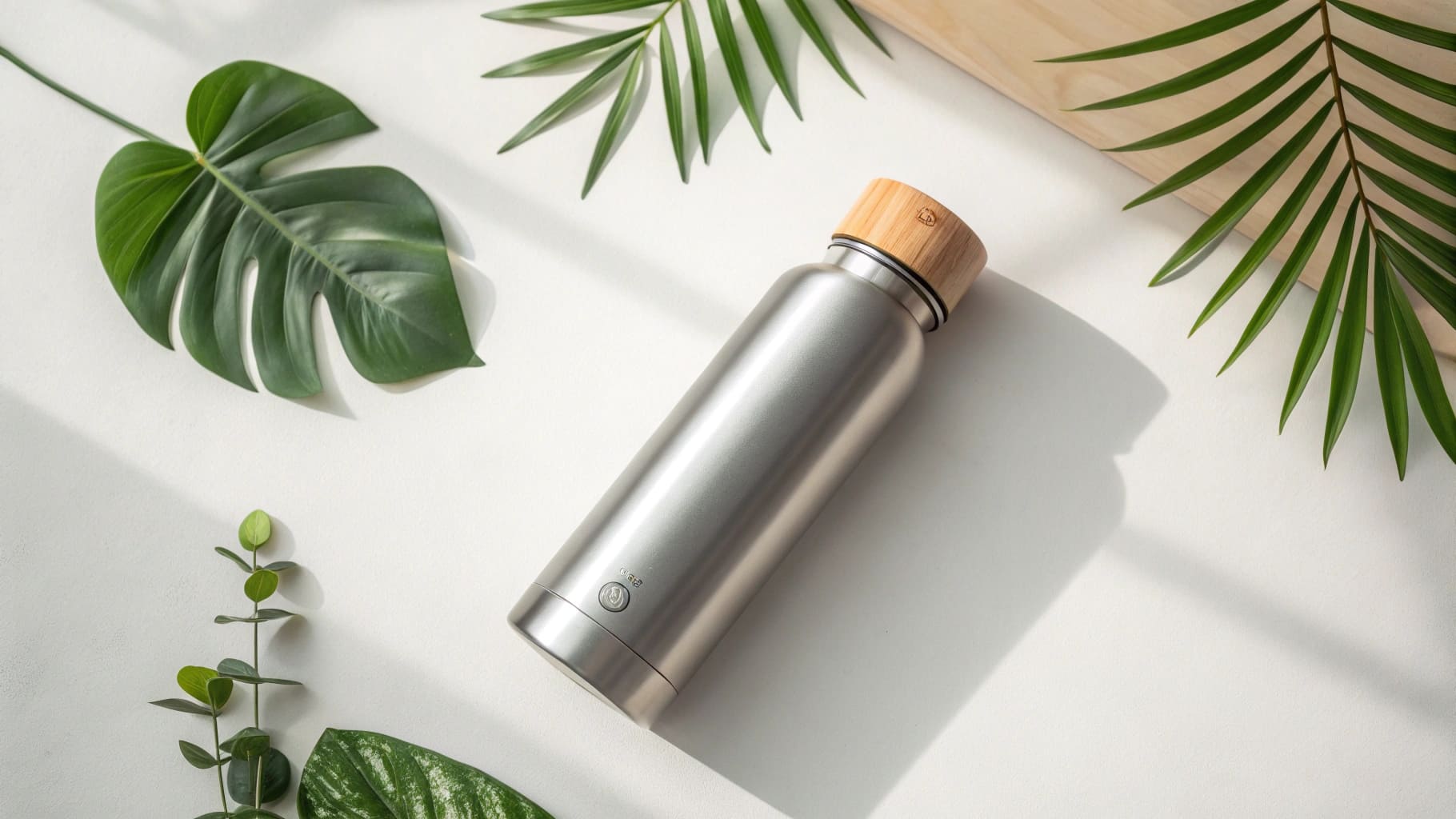
Understanding Vacuum Insulation Technology
To understand why vacuum insulation is so effective, we need to think about how heat moves. Heat transfers in three ways: conduction, convection, and radiation. A well-designed bottle fights all three.
- Conduction: This is heat transfer through direct contact. Think of a metal spoon getting hot in a cup of tea. A double-wall design creates a break, so the outside wall doesn't touch the inside wall (except at the top rim).
- Convection: This is heat transfer through the movement of air or liquid. Hot air rises, cold air sinks. By removing most of the air between the two walls to create a vacuum, there's nothing to move the heat.
- Radiation: This is heat transfer through electromagnetic waves. Think of the heat you feel from the sun. To reduce this, many top-tier bottles, including ours at Icobottle, add a thin layer of copper to the outside of the inner wall. This copper lining reflects the heat, keeping hot drinks hot and cold drinks cold even longer.
Here's how different bottle types compare:
| Bottle Type | How It Works | Insulation Performance |
|---|---|---|
| Single Wall | No insulation. Heat transfers directly through the steel. | Poor |
| Double Wall (Air-Filled) | An inner and outer wall with air trapped between. | Fair (Air is a poor conductor) |
| Double Wall (Vacuum) | Air is removed from between the walls. | Excellent |
| Vacuum + Copper Lining | A vacuum plus a copper layer to reflect heat. | Premium |
When a supplier talks about insulation, ask them if it's a true vacuum seal and if they offer a copper lining option. This shows you know the technology.
How Do I Find the Best Water Bottle?
Does finding a trustworthy supplier feel like a gamble? It's easy to get lost or misled online. I'll share my method for finding reliable partners who deliver quality bottles every time.
Finding the best bottle is really about finding the best supplier. Focus on manufacturers with solid certifications like BSCI and ISO9001, good customer reviews, and responsive communication. Always get samples and test them yourself before you commit to a big order.
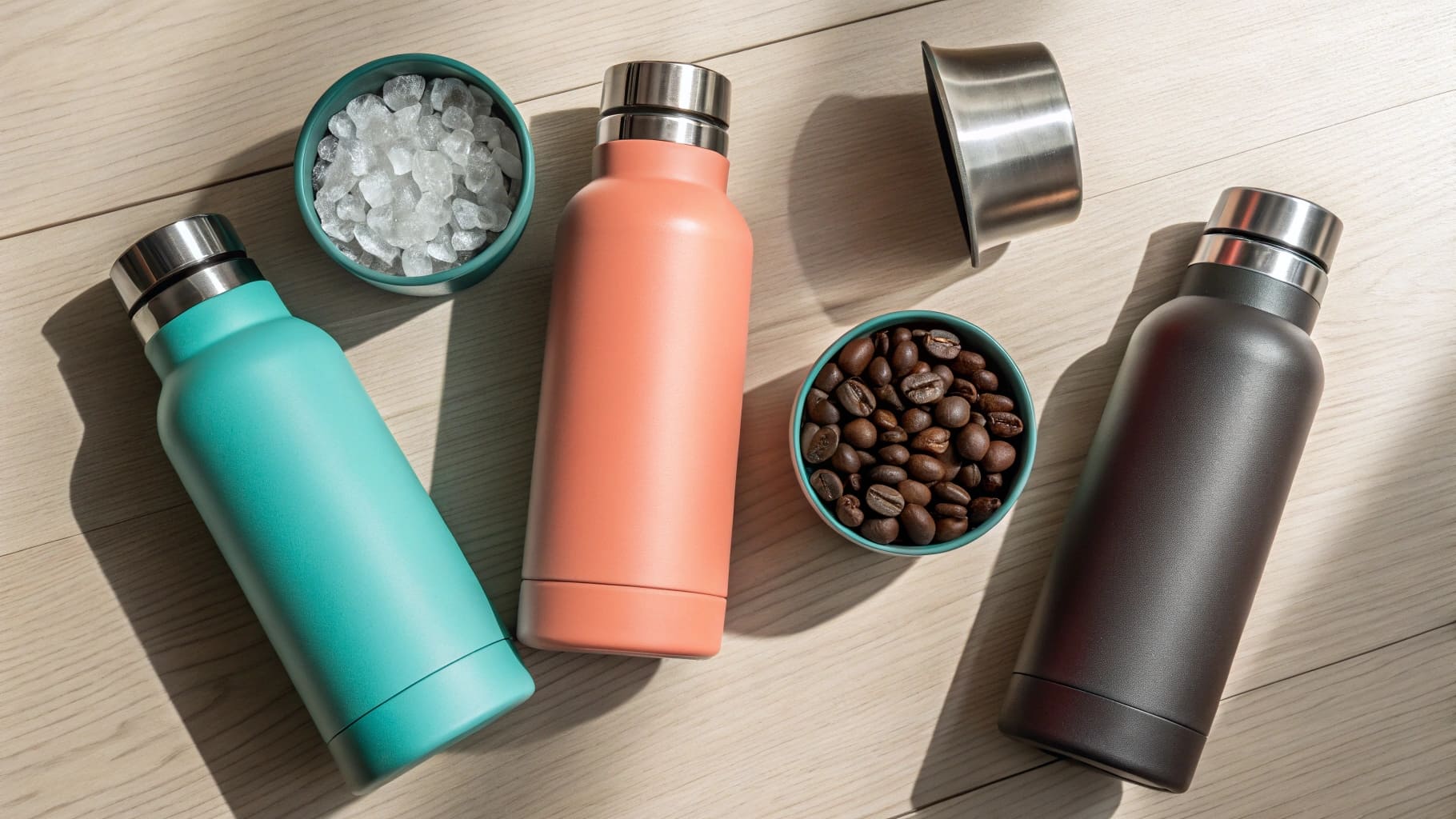
A Buyer's Checklist for Supplier Vetting
For a B2B buyer, the supplier relationship is everything. A great product from an unreliable partner is a recipe for disaster, with missed deadlines and communication headaches—pain points that buyers like Mark are all too familiar with. Here is a simple checklist I recommend to all my clients when they are evaluating potential manufacturing partners.
- Go Beyond Marketplaces: Websites like Alibaba are a starting point, but they are full of trading companies, not just factories. Use Google to search for direct manufacturers. Look for professional websites with clear information, like ours at Icobottle. A direct relationship often means better communication and pricing.
- Verify Certifications: Don't just accept a list of certifications. Ask for the actual documents and check the serial numbers and dates. Certificate fraud is a real problem. A trustworthy supplier will provide this without hesitation.
- Test Their Communication: Send a detailed inquiry. How quickly do they reply? Is their English clear? Do they answer your technical questions directly or give vague answers? This simple test tells you a lot about their professionalism and what it will be like to work with them.
- Always Order Samples: Never place a bulk order based on pictures and promises. Get a physical sample to perform the quality tests we discussed earlier. This is a small investment that can save you thousands.
- Discuss Logistics and Payment: Be clear about your shipping needs and payment terms. A professional supplier can discuss Incoterms, lead times, and secure payment methods like a Telegraphic Transfer (T/T) with a deposit and balance payment.
How Do I Choose a Healthy Water Bottle?
Are you worried about product safety? Selling something that isn't safe is a huge risk for your business. I'll explain exactly what to look for to ensure your bottles are healthy.
To choose a healthy bottle, focus on the materials. The bottle's body must be 18/8 or 304 food-grade stainless steel. All plastic parts, especially the lid, must be certified BPA-free. Look for proof of FDA or LFGB compliance to be sure.
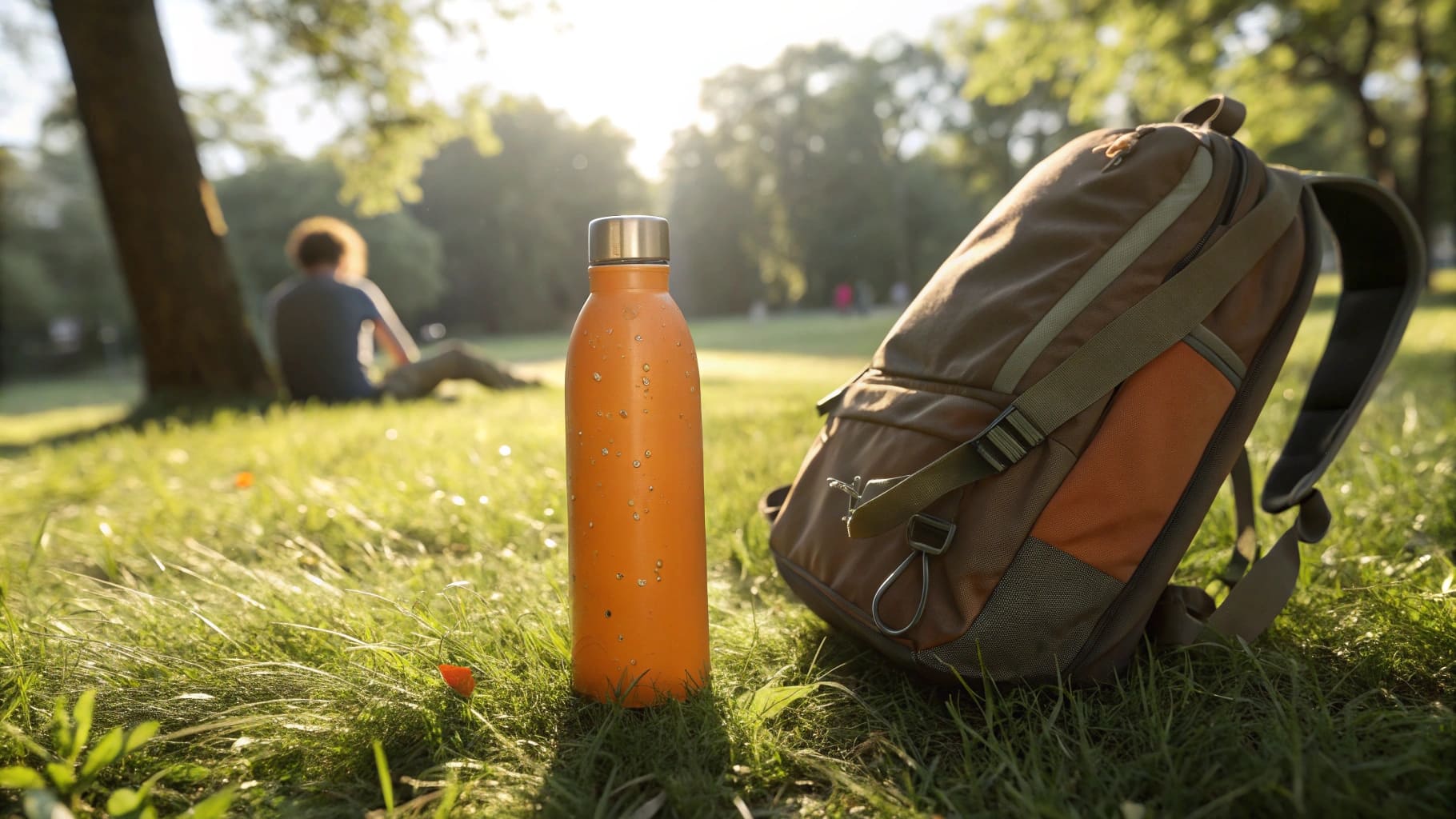
Decoding Health & Safety Standards
Health and safety are not negotiable. Your customers trust your brand to provide products that are safe to use every day. As an importer to America or Europe, you are legally responsible for this. Here’s what these safety terms actually mean.
What is 18/8 Stainless Steel?
This is the industry standard for food and beverage products. The numbers refer to its composition: 18% chromium and 8% nickel.
- Chromium makes the steel hard and rust-resistant.
- Nickel adds to its durability and resistance to corrosion from acids.
This combination means the steel is very stable. It won't react with your drink or leave a metallic taste. It's the same material used in high-quality cookware and surgical instruments.
What is BPA?
BPA (Bisphenol A) is an industrial chemical used to make certain plastics. It has been linked to health problems because it can seep from the plastic into food and drinks. That’s why it is critical that any plastic part of a water bottle, like the lid or straw, is explicitly labeled "BPA-Free."
Key Certifications for Health
These certifications are your proof that a supplier's claims are real.
| Certification | Region | What It Guarantees |
|---|---|---|
| FDA | USA | The materials are considered safe for direct contact with food by the U.S. Food and Drug Administration. |
| LFGB | Germany / EU | This is the European standard, which is often stricter than FDA. It ensures no harmful materials will transfer from the product to the food. |
| REACH | EU | Regulates chemicals and their safe use, focusing on Substances of Very High Concern (SVHC). |
When I, Aries Hua, provide products from my company, Icobottle, I make sure we have these certifications ready. It is a core part of building a long-term, trusting relationship with my clients.
Conclusion
Choosing the right insulated bottle is simple when you know what matters. Focus on quality materials, real vacuum insulation, safe lids, and a supplier you can truly trust.

